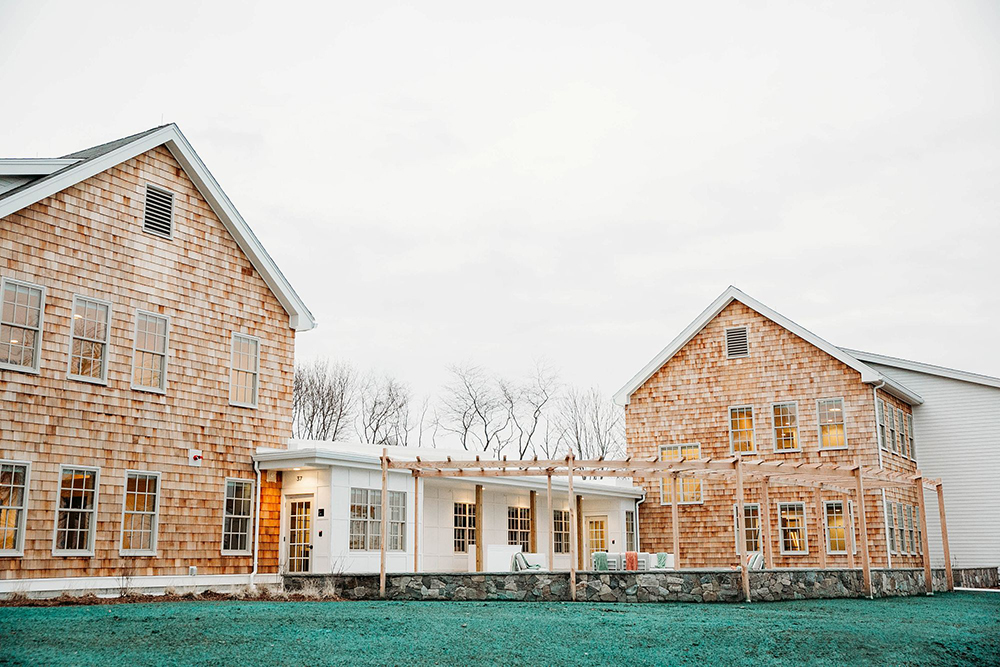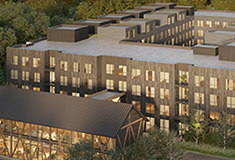News: Financial Digest
Posted: February 7, 2013
Retroactive tax benefits for real estate owners! Part 2
Part 1 appeared in the January 11th edition of NEREJ in the Finanical Digest section.
2012 TRA - For tax years beginning in 2012, the 2012 TRA increases the maximum deduction from $139,000 to $500,000. For the 2013 tax year, the act increases the maximum expensing amount from $25,000 to $500,000. Of importance, the 2012 TRA also increases the phase-out amount for both 2012 and 2013 to $2 million. In 2014, this temporary provision will sunset and the maximum deduction will return to $25,000 and the phase-out amount will reset back to $200,000.
15-Year Write-off for Qualified Leasehold, Retail and Restaurant Property Reinstated and Extended
Section 1250 property that meets specific criteria could be classified as either qualified leasehold improvement property, qualified restaurant property or qualified retail improvement property, and could be recovered over a 15-year period using the straight line method.
2012 TRA - The act retroactively extends for two years the inclusion of qualified leasehold improvement property, qualified restaurant property and qualified retail improvement property in the 15-year MACRS class. Such property qualifies for 15-year recovery if it is placed in service before Jan. 1, 2014.
Retirement of Structural Improvements: Ever since the end of the Component Depreciation system, Owners have complained about a requirement to continue depreciating physically abandoned assets. Those of you who have been around for a while may recall that the Component Depreciation system conjoined the estimated useful life of an asset and its recovery period. This alleviated the concern of recording a loss on the retirement as long as the asset performed within its life expectancy. However, under the Accelerated Cost Recovery System, the link between the estimated useful life and the recovery period was lost. This resulted in Owners continuing to depreciate items that no longer exist.
The roofs, windows and HVAC components do not last 39 years. To make matters worse, IRS guidance required owners to capitalize the costs of the replacement when these systems finally met the end of their useful life. This was not an issue under the Component Depreciation system if the system performed according to their specification. The system would be 100% depreciated when it was time for replacement.
Fast forward . . . Under the new regulations, the IRS allows owners to write-off the un-depreciated portion of the retired components on a current and retroactive basis back to 1986. If you have a building and replaced a roof, boiler, or elevator over the last 15 years, you are still depreciating components that no longer exist. Therefore, the time has come to write-off all of the abandoned assets that have accumulated over time. If you retire an asset in 2012 or any future years, you are able to take the appropriate write-off in the relevant tax period.
Open a Dialogue that Helps Defer Taxes: Since 2001, Congress has utilized depreciation related tax incentives to induce real estate owners to spend more, as a means to stimulate the economy. The 2012 TRA and the issuance of the new repairs and maintenance regulations earlier this year, which allows the write-off of retired structural components, is in line with this favorable tax strategy.
With the top individual tax rates being reset to over 39% for 2013, and real estate tax incentives being reinstated for both 2012 and 2013, it is a perfect time for tax planning. Carefully balancing these incentives coupled with the ability to take advantage of the new repair and maintenance regulations through the use of cost segregation, opens the door to a productive conversation that can significantly benefit all parties.
Mark de Stefanis, CCA, is president of Construction Cost Recovery, Inc., White Plains, N.Y.
Tags:
Financial Digest
MORE FROM Financial Digest
Preservation of Affordable Housing secures $23.5 million in financing from Rockland Trust and Citizens Bank
Cambridge, MA The nonprofit Preservation of Affordable Housing (POAH) has secured $23.5 million in financing from Rockland Trust and Citizens Bank to transform a 150-year-old, underutilized church complex into housing. The project will ultimately create 46 affordable family-sized apartments.
Columns and Thought Leadership

Conn. hospitality market: A technical appraisal perspective on market dynamics and valuation challenges (2019-2025)
The Connecticut hospitality market has demonstrated uneven recovery patterns between 2019 and 2025, with boutique and historic properties achieving $125 RevPAR in 2025, up 8.7% from the 2019 level. Coastal resort properties achieved a $105 RevPAR in 2025, representing 10.5% growth since 2019. Casino corridor properties maintained modest growth with RevPAR improving 4.5% to $92 in 2025.

Examples of investors who used Kay Properties for legacy and estate planning purposes for rental property/portfolios - by Dwight Kay
Preserving wealth across multiple generations requires strategic planning, foresight, and the right investment vehicles. Delaware Statutory Trusts (DSTs) offer a powerful solution for families looking to build and protect their financial legacy and to efficiently plan for their estate.









